The Rural Utilities Service has helped millions of people, but the Trump White House says money for rural water isn’t needed.
This story was originally published by Reveal from The Center for Investigative Reporting, a nonprofit news organization based in the San Francisco Bay Area. Learn more at revealnews.org and subscribe to the Reveal podcast, produced with PRX, at revealnews.org/podcast.
ST. JOSEPH, Louisiana – On a hot delta day, Roy Bowman fills a gallon jug from an Army green trailer-mounted water tank. All year, Bowman and his neighbors in this crushingly poor, mostly African American town perched on the west bank of the Mississippi River have gotten their water this way.
Brown and gritty, the city’s water had been fouled by deteriorating pipelines and treatment equipment for years; parts of the system were more than a century old. But last year, tests discovered a worse problem: The drinking water was loaded with high concentrations of lead, the same brain-damaging contaminant that poisoned people in Flint, Michigan.
Suddenly, an inconvenience became an emergency. Don’t drink the water or cook with it, state officials warned. The Louisiana National Guard brought in water tanks as a stopgap. The state stepped in to fund a new $9 million water system.
 It was a calamity caused by carelessness – neglect of a worsening water problem, a small town and its people.
It was a calamity caused by carelessness – neglect of a worsening water problem, a small town and its people.
“I really felt like it was a man-made disaster,” said Bowman, a part-time pastor who, with his wife, Wanda, pushed for action to protect people here from their own water.
St. Joseph, population 1,029, is one of thousands of small towns across the country that have no access to safe, clean drinking water. The reason: The towns can’t afford it.
This chronic problem has threatened rural America’s health and economy for decades. And it could worsen under President Donald Trump, who has proposed axing a program that provides a vital last resort for rural communities without clean water.
Trump wants to eliminate the U.S. Department of Agriculture’s Rural Utilities Service, which awards water and sewer loans and grants to towns with 10,000 or fewer people. It received $498 million in President Barack Obama’s fiscal year 2017 budget. The amount in Trump’s 2018 budget: zero.
The program is a backstop for small towns that can’t find funding elsewhere. A slow, complex network of federal, state, local and private dollars typically fund water systems.
In St. Joseph, because public health was at immediate risk, Louisiana tapped its own capital outlay fund instead. But most towns cannot count on that kind of salvation, and the goal of the Rural Utilities Service is to stop emergencies such as this from happening to millions of people in thousands of small towns across the nation.
‘Wildly successful’ or unnecessary?
Despite its small projects – a typical undertaking cost about $1.4 million for a community of 1,500 people – the Rural Utilities Service has been celebrated as a success. Since 2009, 19.5 million people in rural areas have benefited from $13.9 billion in funding for 5,825 water and wastewater projects.
This program has fixed smelly, cloudy water in Manistique, Michigan; eliminated frequent system breakdowns and outages in Thomasville, Alabama; and provided the first clean, affordable water for hundreds of families in “colonias” in El Paso County, Texas. In and around Eagle Butte, South Dakota, about 8,500 people, including the Cheyenne River Sioux Tribe, have good drinking water, fire hydrants and economic opportunities because of this federal funding.
The program’s portfolio of nearly 16,000 loans, totaling more than $12 billion, boasts a 0.43 percent delinquency rate, about one-third the rate for banks’ commercial and industrial loans.
“It’s always been wildly successful,” said John Padalino, who led the Rural Utilities Service from 2012 to 2014. “If I were a conservative, I would like this program. It’s very fiscally conservative.”
But the Trump White House says money for rural water isn’t needed.
“The Administration believes that (the Environmental Protection Agency) or private sector sources should fund this activity,” said a note in the proposed budget for fiscal year 2018. That reflects the view of the libertarian Cato Institute, which in a 2016 report called rural subsidy programs “unneeded duplication” and “an unfair redistribution of wealth.”
Yet at the same time, Trump’s budget also would slash EPA funds that help pay for state water inspectors and enforcers. The White House wants them cut by nearly 45 percent, from the 2017 total of nearly $1.1 billion to $597 million. The administration suggests that states could seek other funding sources, impose fees or simply do less – “reducing or eliminating additional activities not required under Federal law.”
The Center for American Progress, a progressive think tank, said the Trump budget “merely shifts responsibility from the federal government to the states, while cutting funding for both.” There’s no guarantee that states would be able to fill the gaps and protect the public from unsafe water, the organization said.
Testifying before senators in June, EPA Administrator Scott Pruitt described a minimalist approach to federal water oversight.
“EPA should only intervene when states demonstrate an unwillingness to comply with the law or to do their job with regard to keeping water clean and safe for families, businesses and the public at large,” Pruitt said.
Pruitt’s office, the White House Office of Management and Budget and the office of Agriculture Secretary Sonny Perdue did not respond to questions submitted by Reveal from The Center for Investigative Reporting.
Some congressional leaders say they won’t go along with the White House on defunding the Rural Utilities Service.
“That’s not going to happen,” said Sen. John Hoeven, R-N.D., chairman of an appropriations subcommittee that handles agriculture and rural development.
“We want to make sure that whether you’re living in rural areas or in the city, you have access to safe drinking water and the proper sanitary sewer system,” he said. “That’s just a hallmark of America.”
St. Joseph’s plight
Roy and Wanda Bowman were used to being in the small but intense spotlight of St. Joseph politics. They tussled with the longtime mayor, Ed Brown, over nearly every local issue.
When the lead crisis hit last December, the Bowmans again were propelled to the front lines. They became community voices in small but important decisions. How many portable water tanks – “water buffaloes” – would the state bring in? How often would the state flush the tanks and bring clean water?
And they began loading up jugs to deliver to their neighbors.
“Not everybody could get out and get their own,” Roy Bowman said. “Old people, sick people – what about those folks? You’re supposed to get clean water from your tap.”
St. Joseph is the seat of Tensas Parish. It’s mostly row-crop country: cotton, corn, soybeans, grain sorghum and rice, plus some timber. One summer morning, a yellow crop-dusting plane repeatedly banked over City Hall on the town’s quiet main street, Plank Road.
About halfway between the cities of Vicksburg and Natchez, Mississippi, on the other side of the Mississippi River, St. Joseph fits the pattern of thousands of small towns. People are leaving – nearly one-third have departed since 1990 – and those who remain are increasingly poor. Of those still there, 73 percent are African American.
Median household income has fallen by more than half since 2010, to $16,923 – less than one-third of the nation’s median and 38 percent of the state’s. Nearly 40 percent of households are below the poverty level.
Such economic strains would have made water upkeep a challenge under the best circumstances, but for years, the town’s water system, finances and management had been deteriorating. State audits in recent years revealed a financial mess, automatically blocking previously promised state aid for water improvements.
At the state’s request, a court named a fiscal manager for the town in mid-2016, stripping the mayor of financial authority. Brown lost his re-election bid in December by three votes out of 421 cast; he died in May.
Help had been a long time coming. Starting at least five years before the lead crisis emerged, as the water system fell apart, violations, boil-water orders and complaints had become routine.
“This was not a problem that developed overnight,” Wanda Bowman said.
The poor spent scarce dollars on bottled water and taking laundry to nearby towns. The affluent had to adjust as well.
St. Joseph native Rebecca Vizard, who opened a downtown shop that makes high-end custom pillows for interior decorators in New York and other fashion capitals, has her pricey fabrics washed in an adjacent lakefront community. “Different water system,” she said – no orange stains.
Valerie Sloan lives in a restored 1855 house facing the Mississippi River levee. She had old plumbing replaced, but the city system still delivered water that looked like chocolate milk. She held up a brownish sample.
“That came out of my kitchen faucet,” Sloan said. “That is a sin. We wanted clean water, and we thought we deserved it here in the USA.”
Wilma Subra, an environmental health scientist and community activist, said, “Everybody was raising hell about the iron and the manganese – the visible yucky, yucky stuff.”
But the same decrepit pipelines and treatment system that caused the brown, smelly water also contaminated the water with dangerous levels of lead, which can’t be seen, smelled or tasted.
Lead is one of the most notorious poisons. Even at low levels, it can harm developing brains, causing reduced IQs, learning disorders, attention problems and other health issues.
“We should be especially concerned about kids who live in poor communities,” said Bruce Lanphear, a prominent lead researcher at Simon Fraser University in British Columbia. Many low-income children, he said, often get a double dose because they may be exposed to other lead sources, too, including old paint and tainted soil.
Tests in December found tap water with high lead levels in two St. Joseph locations: a private home and City Hall. Gov. John Bel Edwards, a first-term Democrat, declared an emergency and ordered wider testing.
The follow-up found unsafe lead levels in more than 1 of every 5 homes tested. The taps of 98 homes had water with more than 15 parts per billion of lead, the federal limit. In one home, the water hit 1,810 ppb.
Lead has been on the public mind since 2015 because of Flint, the faded industrial city northwest of Detroit that also had been through a financial crisis. In a cost-cutting move, a manager made changes to the city’s water supply without taking vital safety measures, so lead in old pipes was released into the water supply – and into children’s bodies – in high concentrations.
When the tests revealed the lead risk in St. Joseph, residents and the Louisiana Environmental Action Network launched a campaign for an immediate fix: emergency state money for a new system.
“We pleaded our case for five or six weeks,” Roy Bowman said. “We wrote letters daily. That really moved the legislators – the cry of the people.”
Subra, who was named a MacArthur Foundation fellow in 1999, spoke at the new water system’s groundbreaking in March with Edwards and other dignitaries.
“The governor says it will be the best water quality in the U.S.,” Subra said in a recent interview.
But Subra also notes that it’s only a start. About 400 other small Louisiana towns still need help with their water. Cutting any source of funds, including the Rural Utilities Service, can only make things worse, she said.
“I get calls all the time from these small systems,” she said. “All 400 want to be next.”
Thousands of rural systems at stake
The Trump administration’s argument that other money is readily available for small water systems ignores what’s known about their unique problems. According to the Natural Resources Defense Council, thousands of rural systems don’t have enough population density to generate money for improvements. Many lack the cash flow or customer base to qualify for affordable private loans. Deferred repairs grow into big problems. Required monitoring and reporting might not happen on time – or at all.
Seeing little profit but plenty of risk, few commercial lenders would step in to finance an impoverished small town’s water needs, said Mike Keegan, an analyst at the National Rural Water Association, which represents small systems.
“It’s the antithesis of profit,” he said. “You need a subsidy. (Water) is an essential life service.”
Just planning a water project can take a year – a challenge even for a big system with “teams of engineers, teams of scientists, teams of grant writers, teams of management,” he said. By contrast, thousands of small systems can’t afford even a single full-time operator.
“I’ve been in a lot of communities where the mayor’s got a dairy farm and he’s running the water system,” said Padalino, Obama’s Rural Utilities Service administrator, “and he’s doing that at night.”
Padalino knows that firsthand. He once worked as a water and wastewater plant operator in his native South Texas, near the Mexico border. Many people there face poverty comparable with some undeveloped countries.
Most U.S. residents routinely get clean, safe water. But incidents such as that in Flint, a city of nearly 100,000 people, show that even in larger cities, the margin of safety can vanish with shoddy management, inadequate upkeep or accidents.
In the early 2000s, Washington, D.C., had a serious lead problem. In 2014, Charleston, West Virginia, was without water for days after a chemical spill in the Elk River. That same year, Toledo, Ohio, shut down its system for more than two days because of toxic algae in Lake Erie. Tens of thousands of places have less dramatic violations.
Also, as many as 75,000 sewer overflows a year pollute lakes, rivers, beaches or drinking water, according to the EPA. In Atlanta, for example, fixing the sewers in the early 2000s took about 15 years and cost more than $2.5 billion. Smaller systems don’t have that kind of money.
About 97 percent of the country’s 157,000 water systems serve 10,000 or fewer people. The smallest, serving 500 or fewer people, accounted for 70 percent of drinking water violations in 2015, the Natural Resources Defense Council reported. They exceeded limits on contaminants or skipped required monitoring or reporting.
The biggest funding sources are state and federal revolving funds, but they’re woefully inadequate. Spending on drinking water systems alone would have to increase nearly twelvefold, to $384.2 billion, to cover the needs that the EPA projects for the next 20 years. The American Water Works Association paints an even more dire picture: The shortfall reaches $2 trillion when counting both drinking water and wastewater systems.
Even when Congress provides more, however, small towns mostly are frozen out. This year, the EPA invited 12 water systems to apply for $2.3 billion under the Water Infrastructure Finance and Innovation Act. Nearly all were in big cities.
Local politics also worsens the problem. Customers’ bills would soar if they reflected the real cost of future needs. City officials often keep the peace by postponing the pain. The result, as in St. Joseph, is an increasingly brittle system that’s prone to breaking.
Through much of this year, machines dug ditches along St. Joseph’s streets to install new distribution pipes. Crews were deployed to the aging treatment plant to replace old equipment and valves that tended to break and fix other mechanical problems. Work on the system is expected to be finished this month.
And workers refurbished the town’s water tank. They gave the rusty tank a new white paint job, too. Now it stands over the city, promising a healthier future.
“That,” resident Valerie Sloan said, “looks like it would provide clean water.”
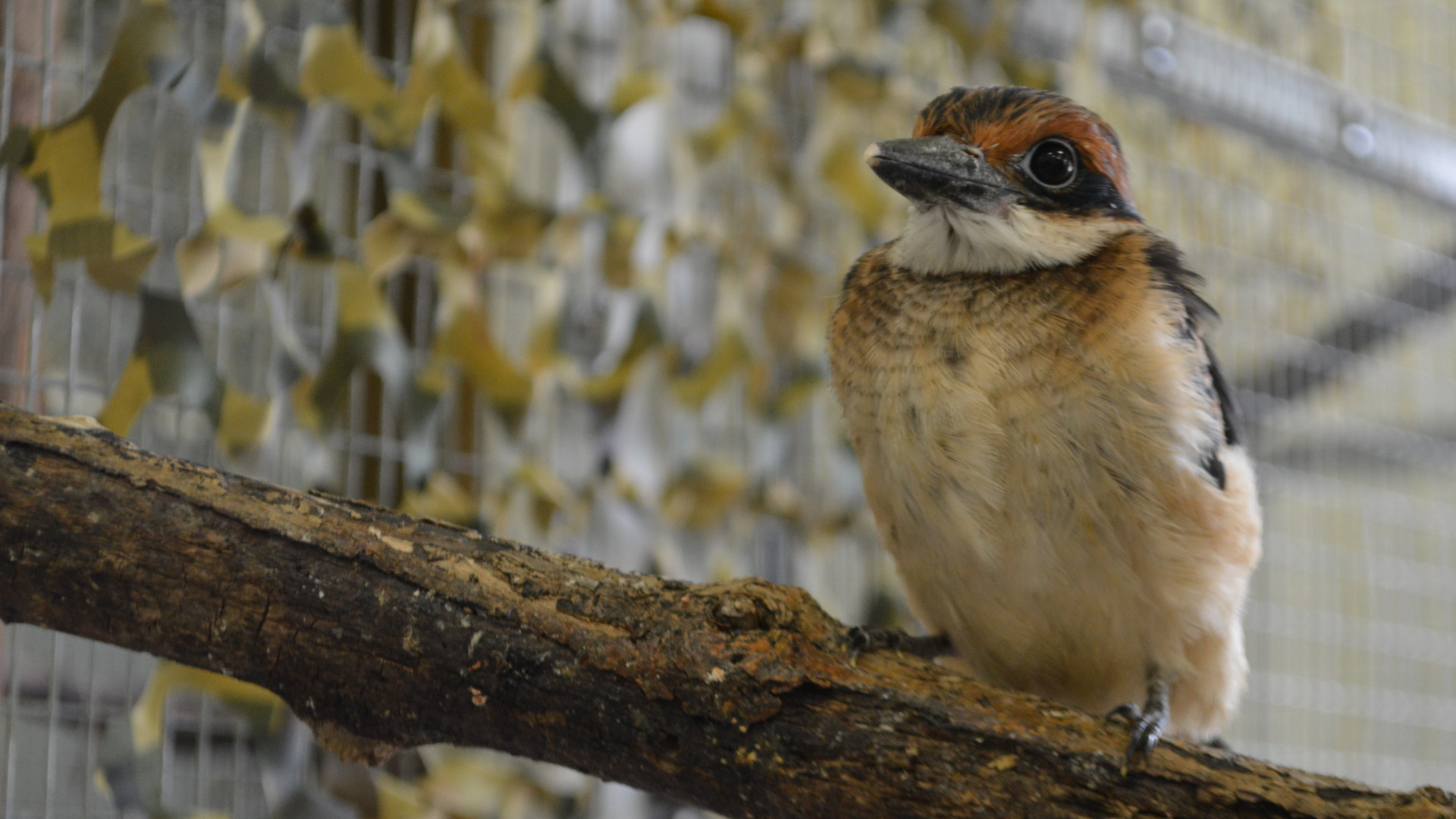
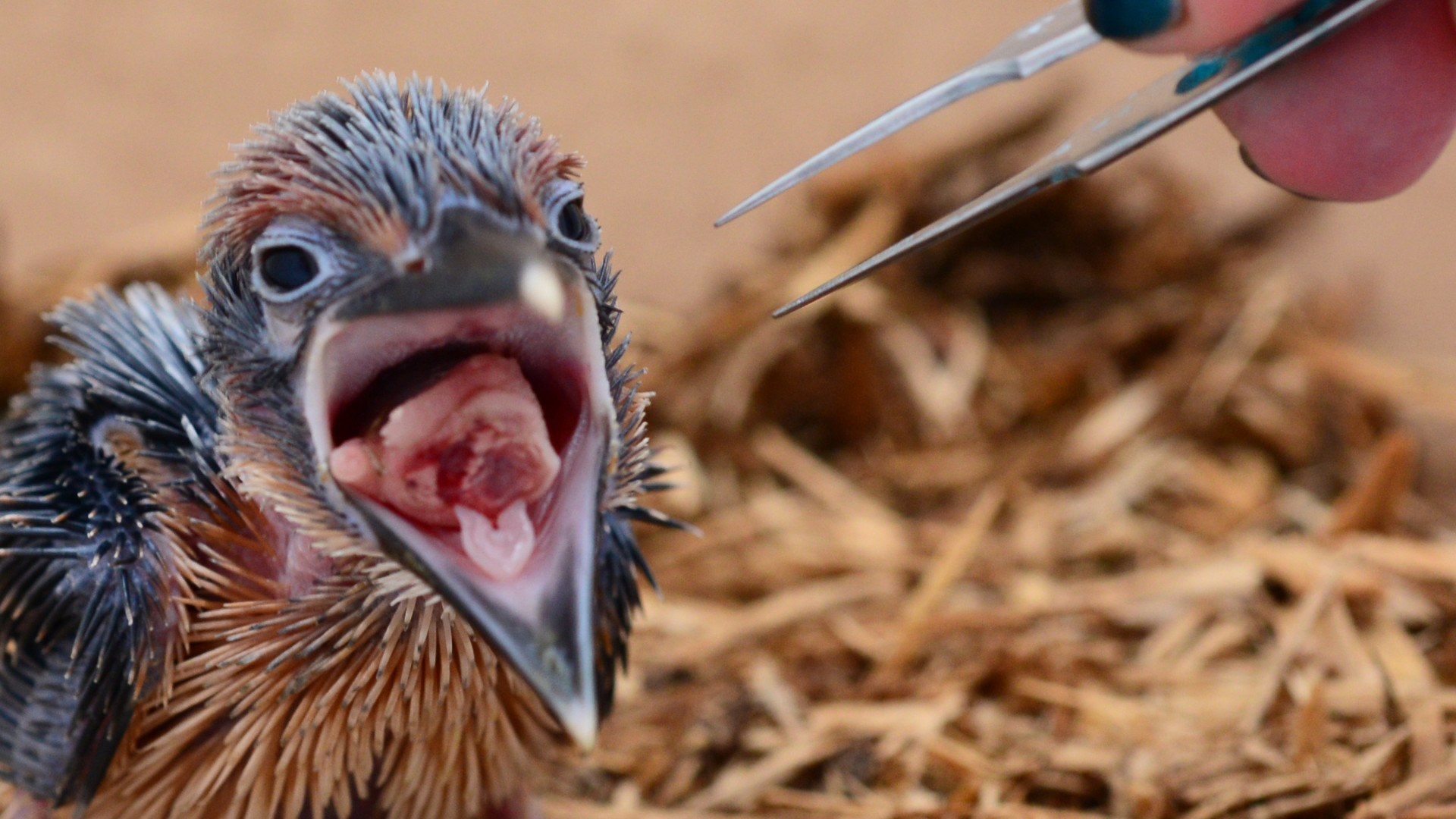
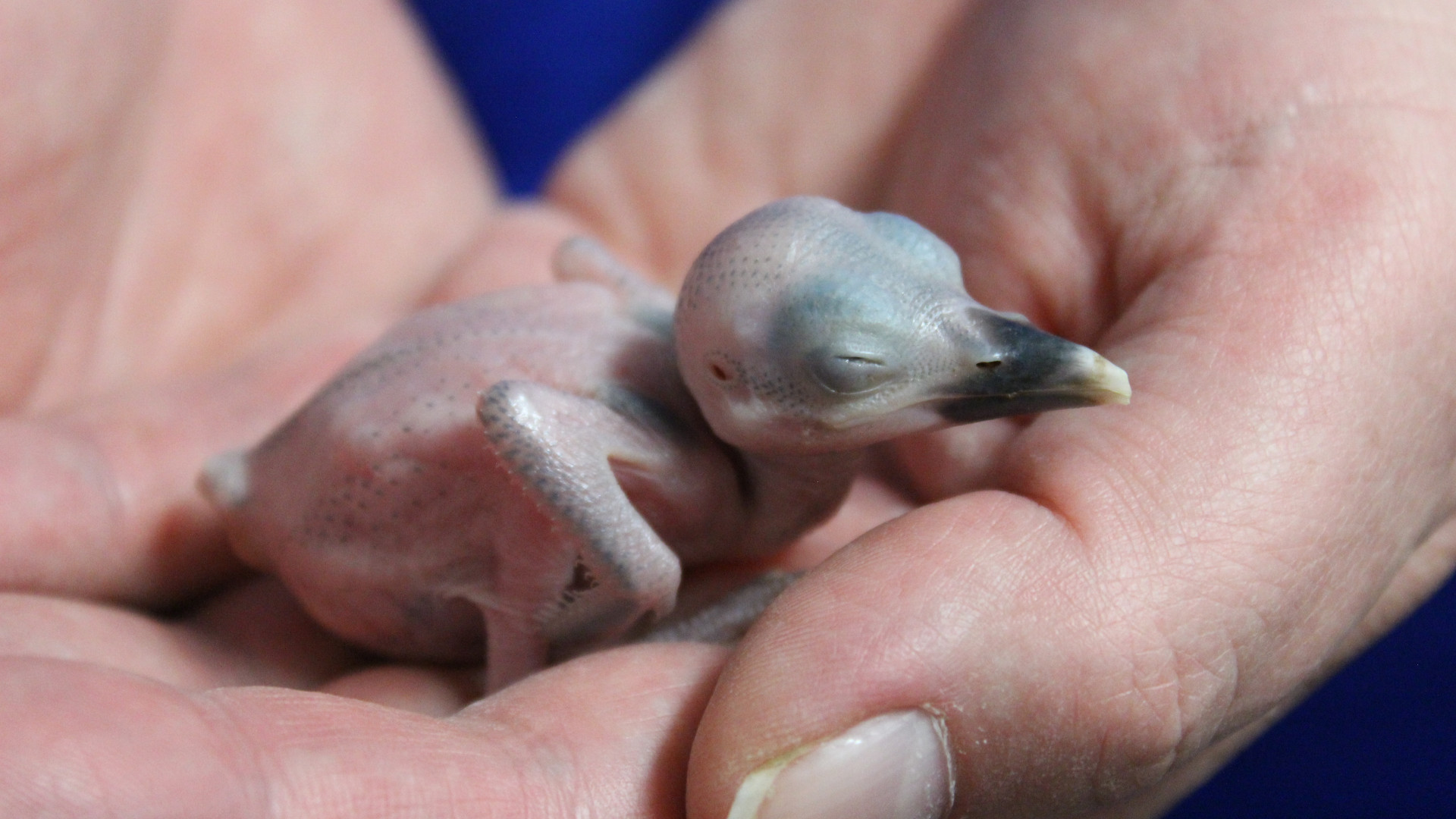

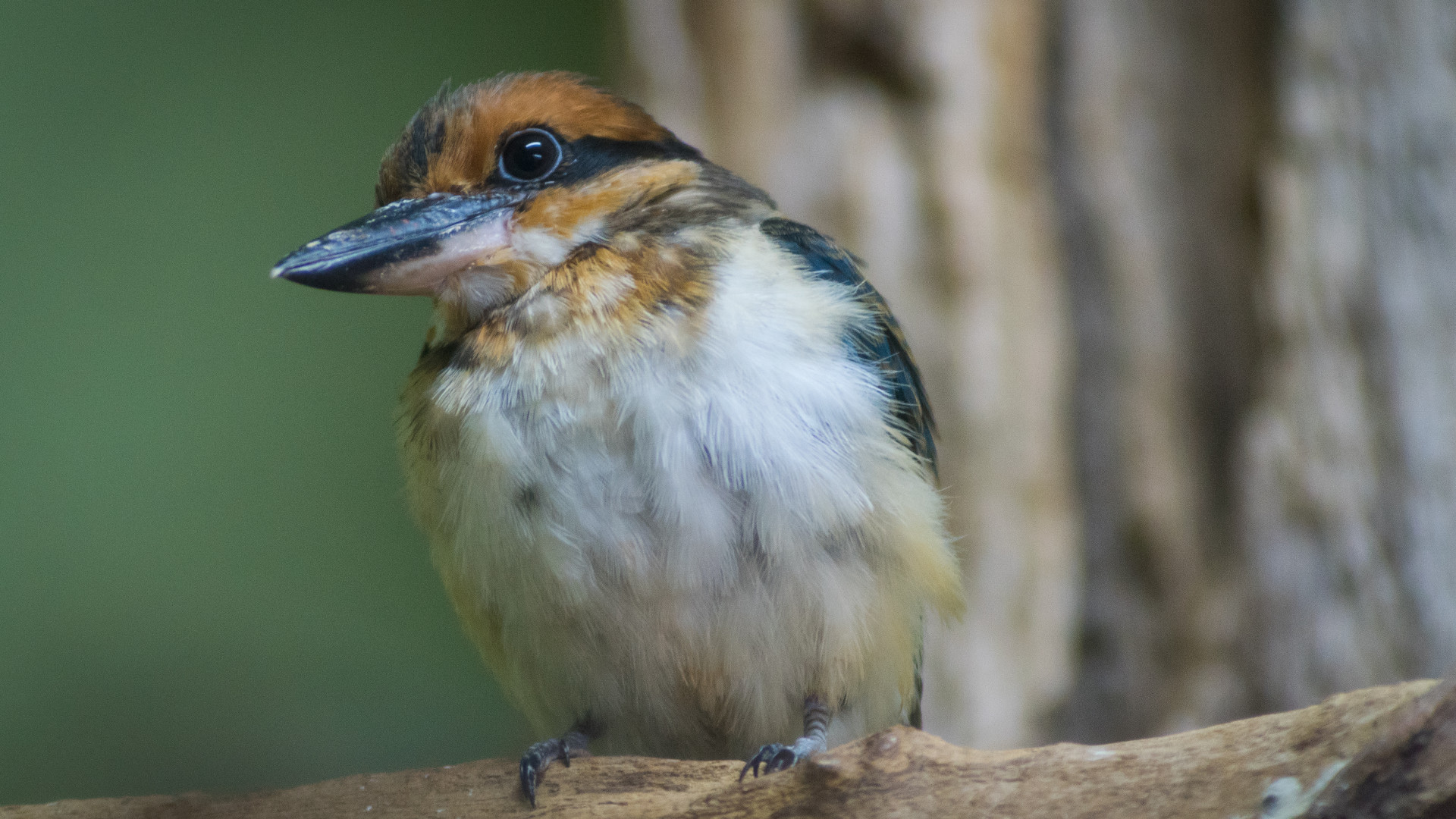
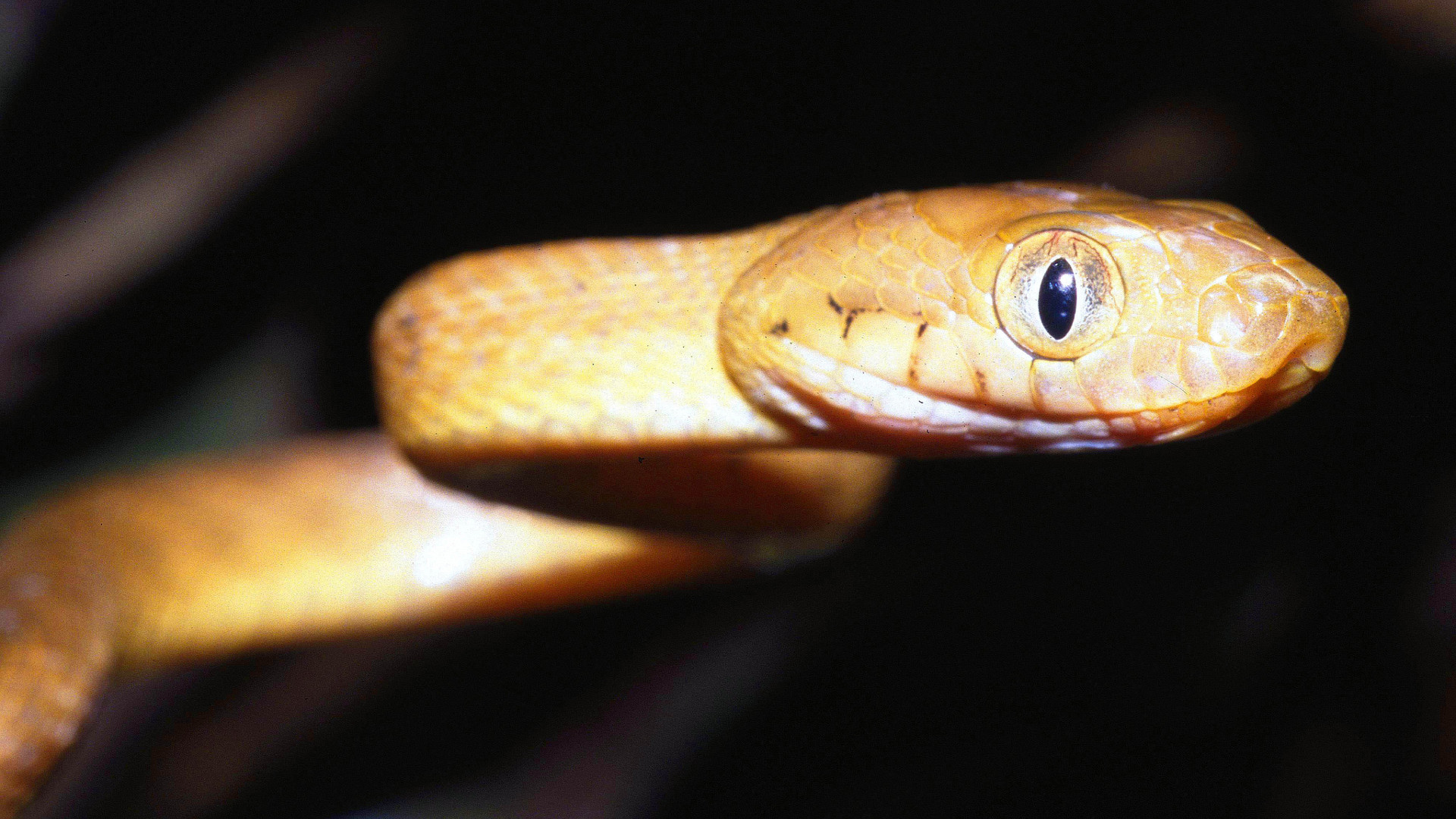

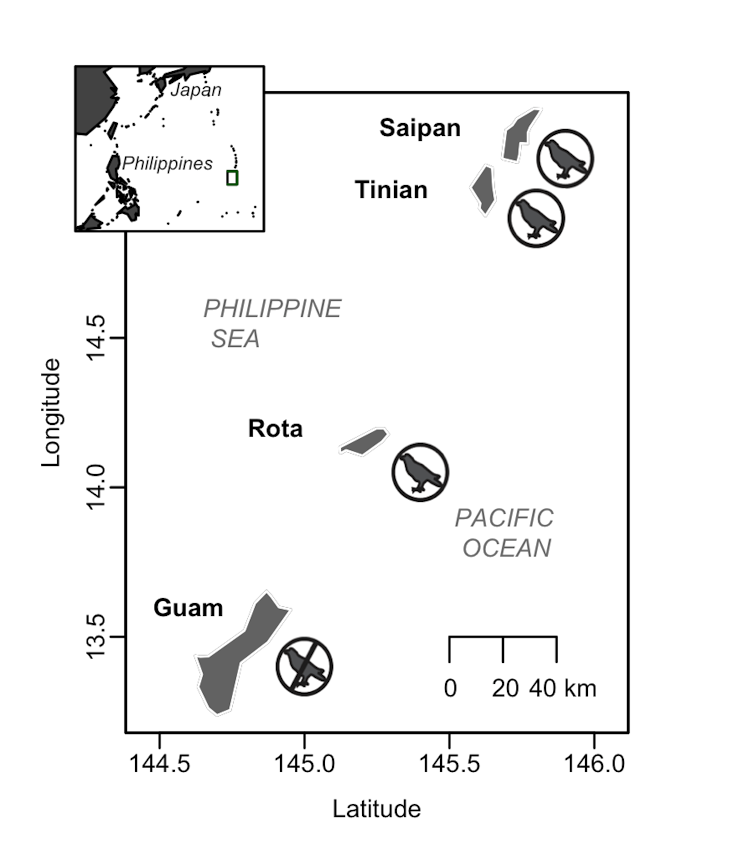
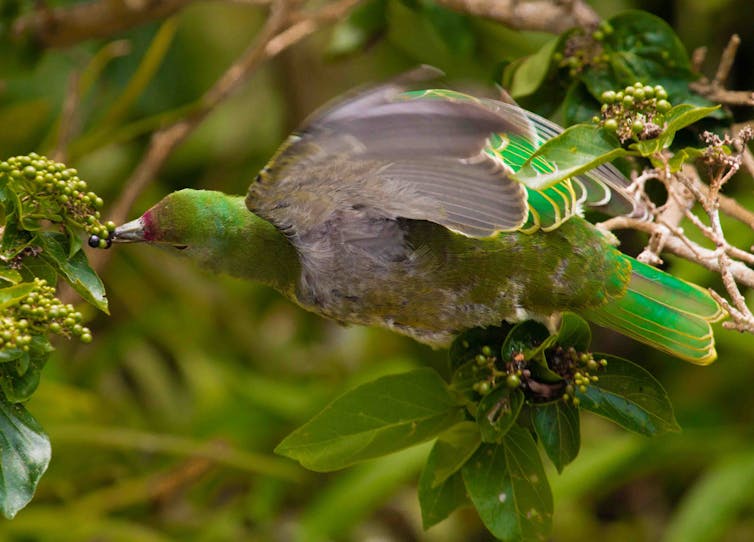
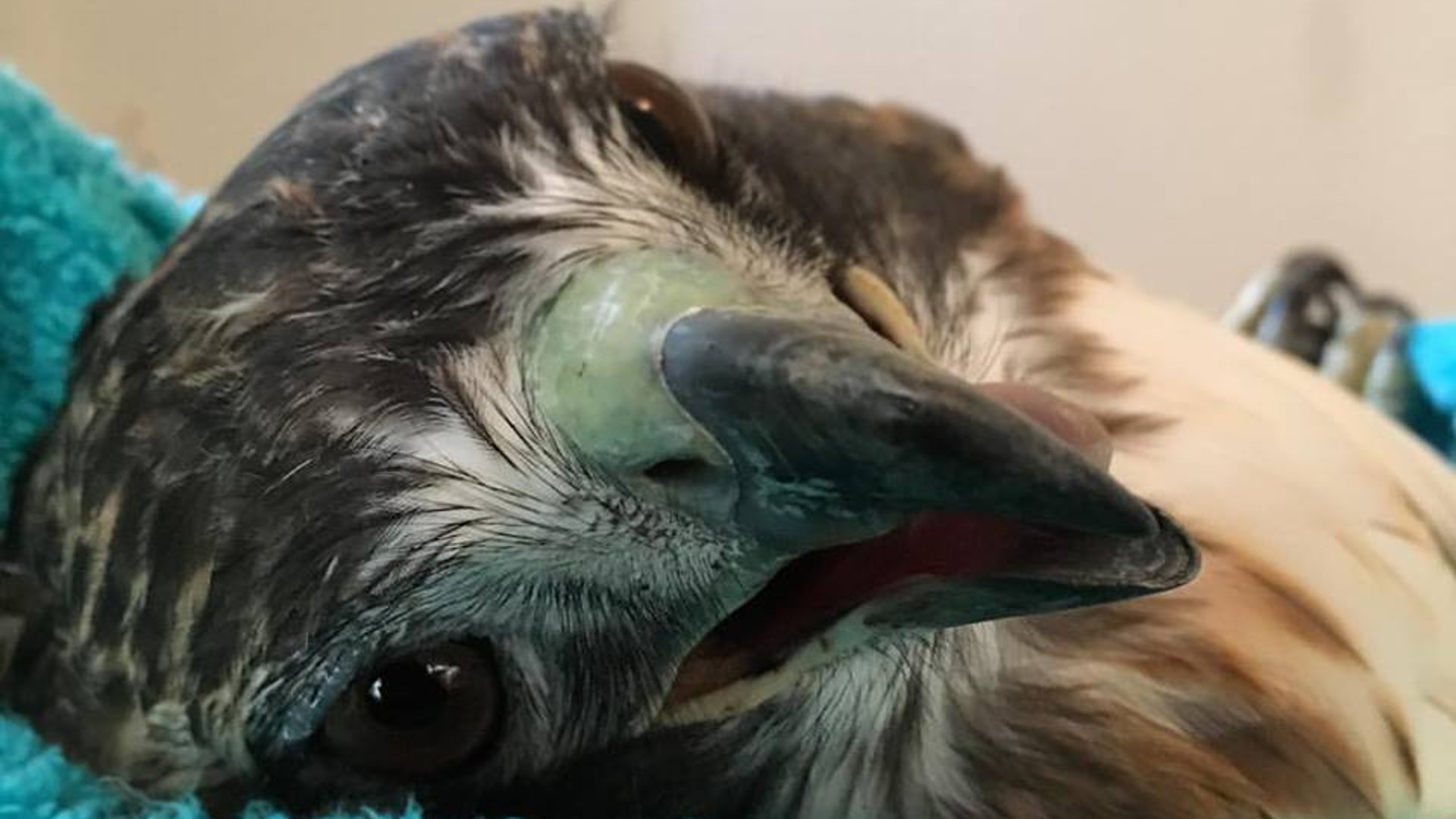
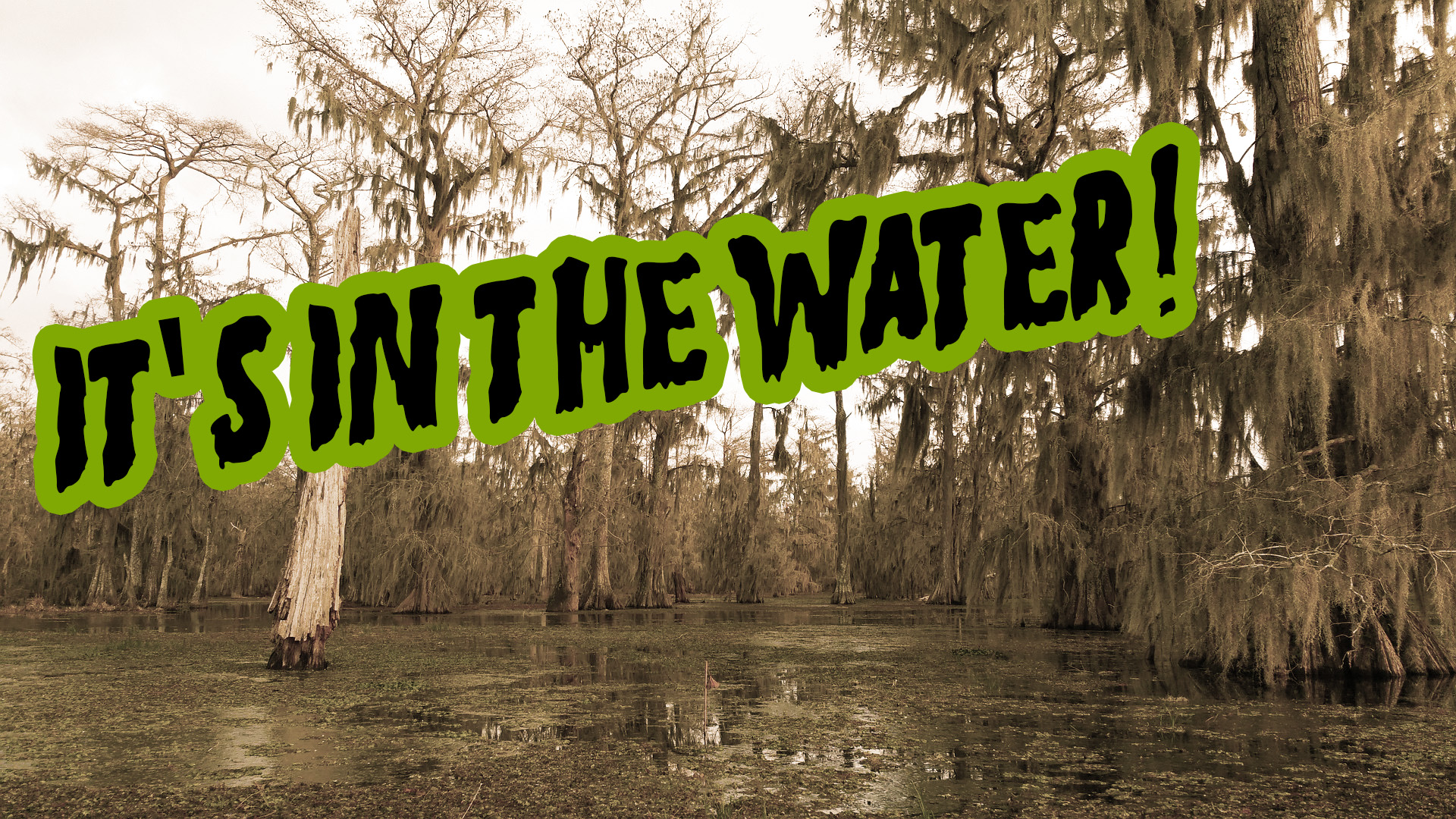
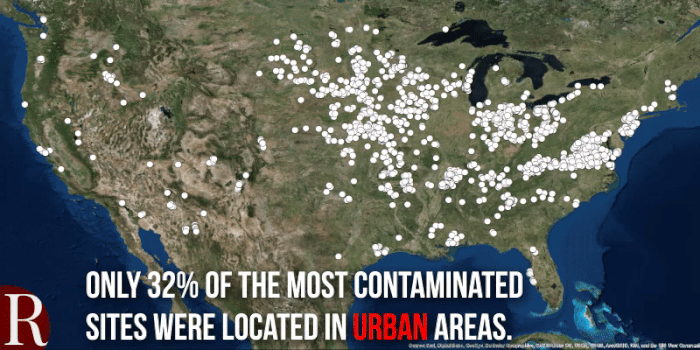
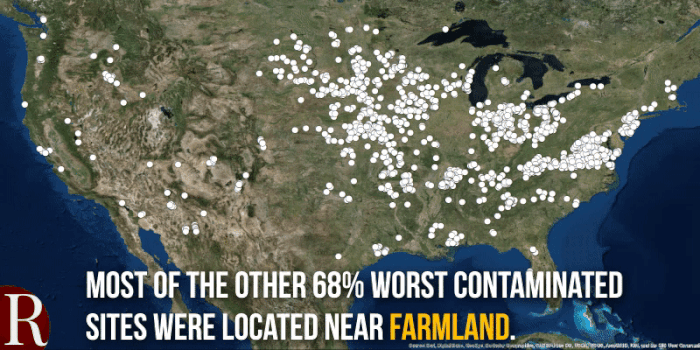










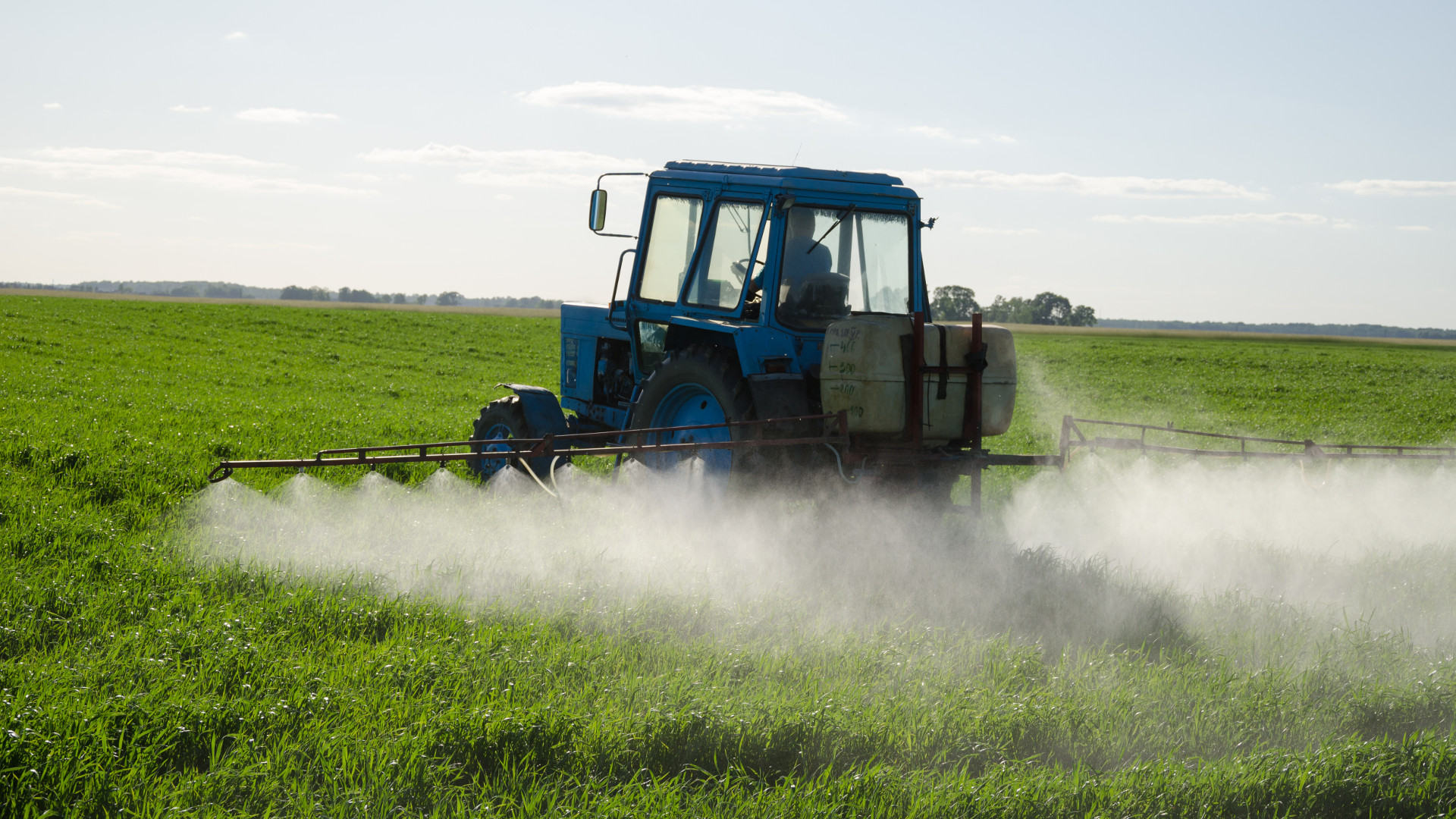
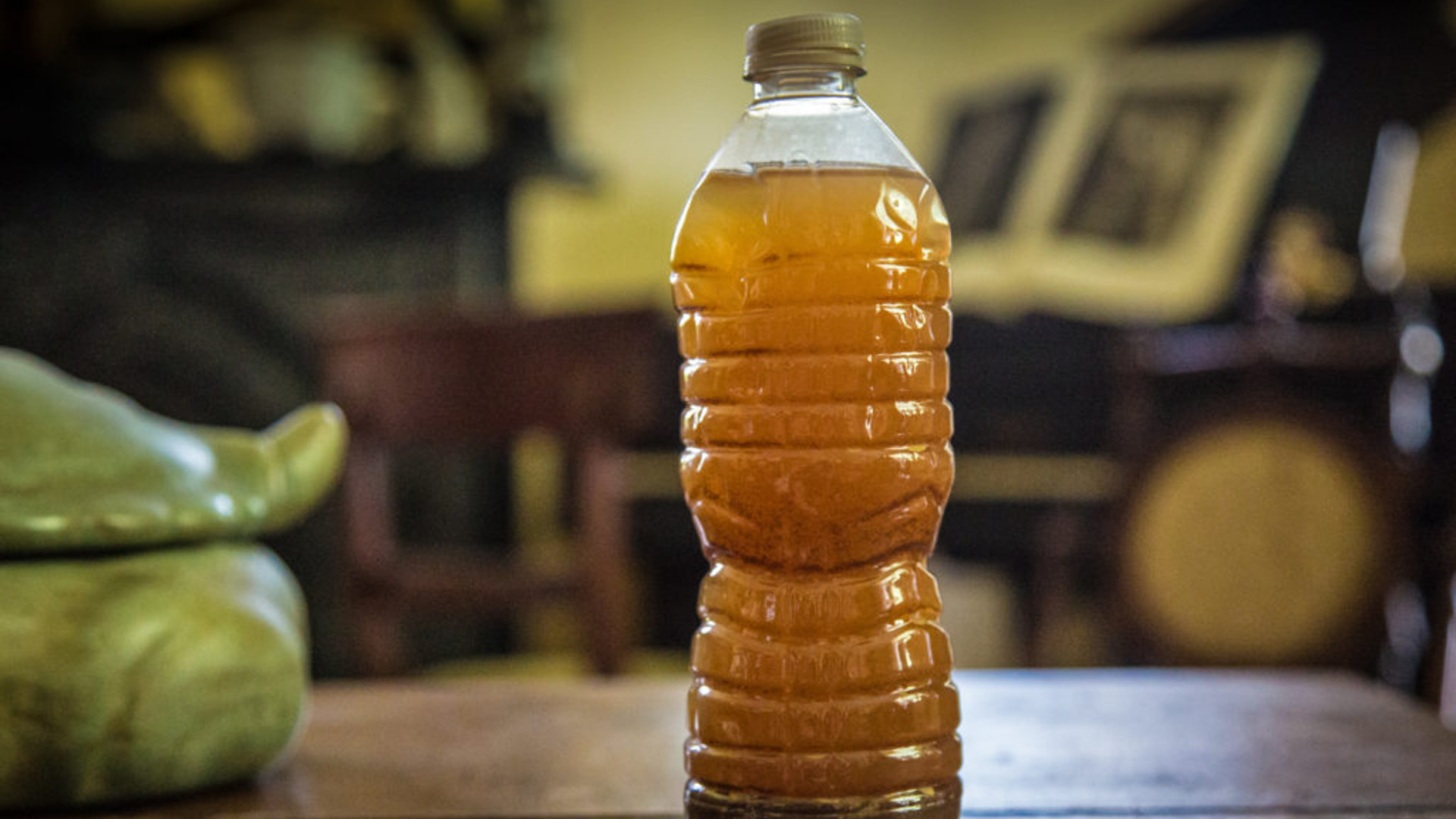
 It was a calamity caused by carelessness – neglect of a worsening water problem, a small town and its people.
It was a calamity caused by carelessness – neglect of a worsening water problem, a small town and its people.

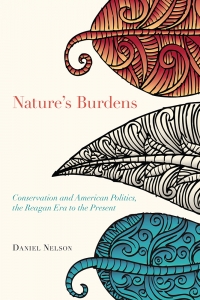 Sounding the alarm and inspiring action, especially within the framework of our country’s legal and political system, is where the challenges often lie. That eternal struggle is illustrated in Daniel Nelson’s new book
Sounding the alarm and inspiring action, especially within the framework of our country’s legal and political system, is where the challenges often lie. That eternal struggle is illustrated in Daniel Nelson’s new book 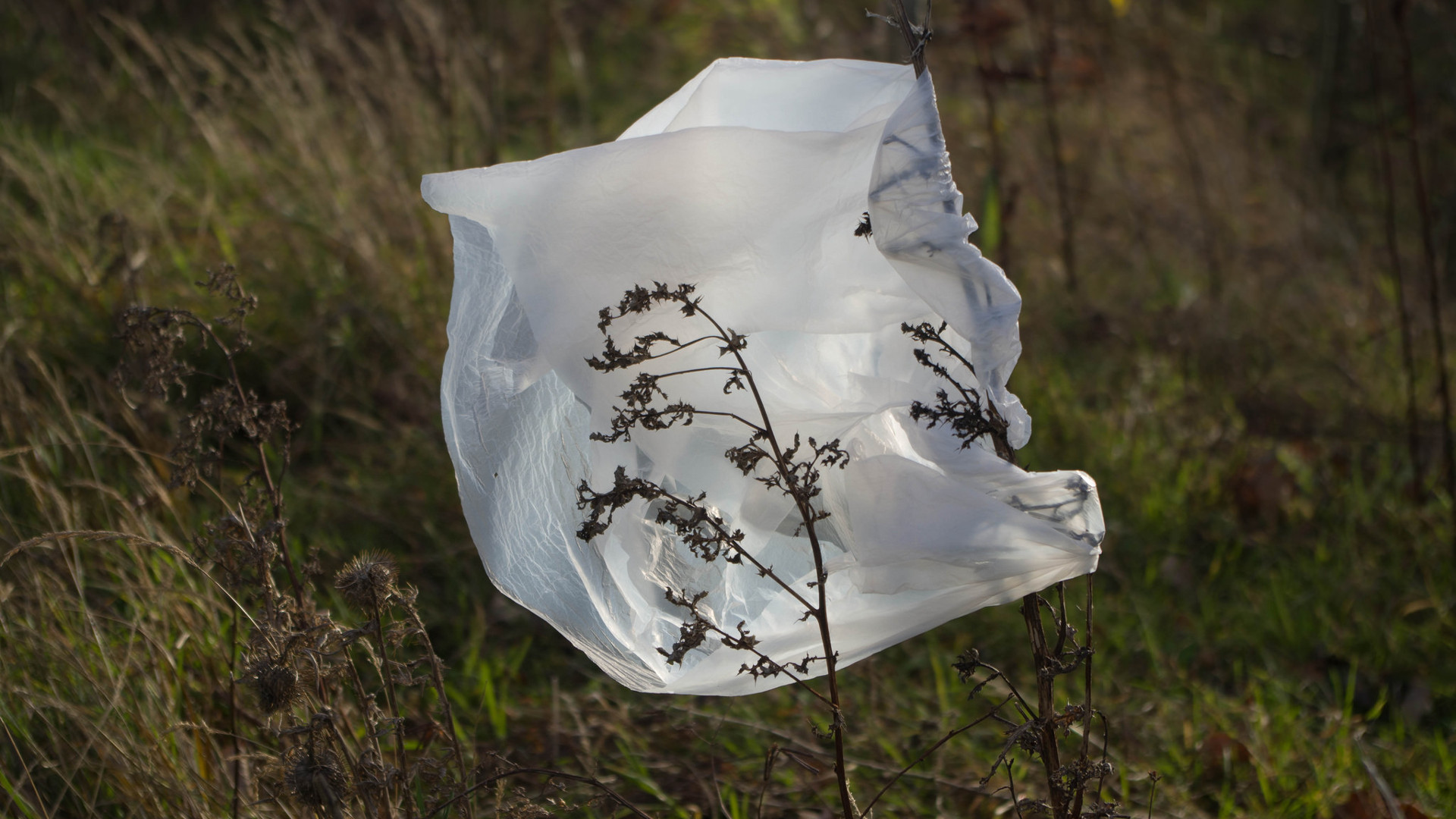
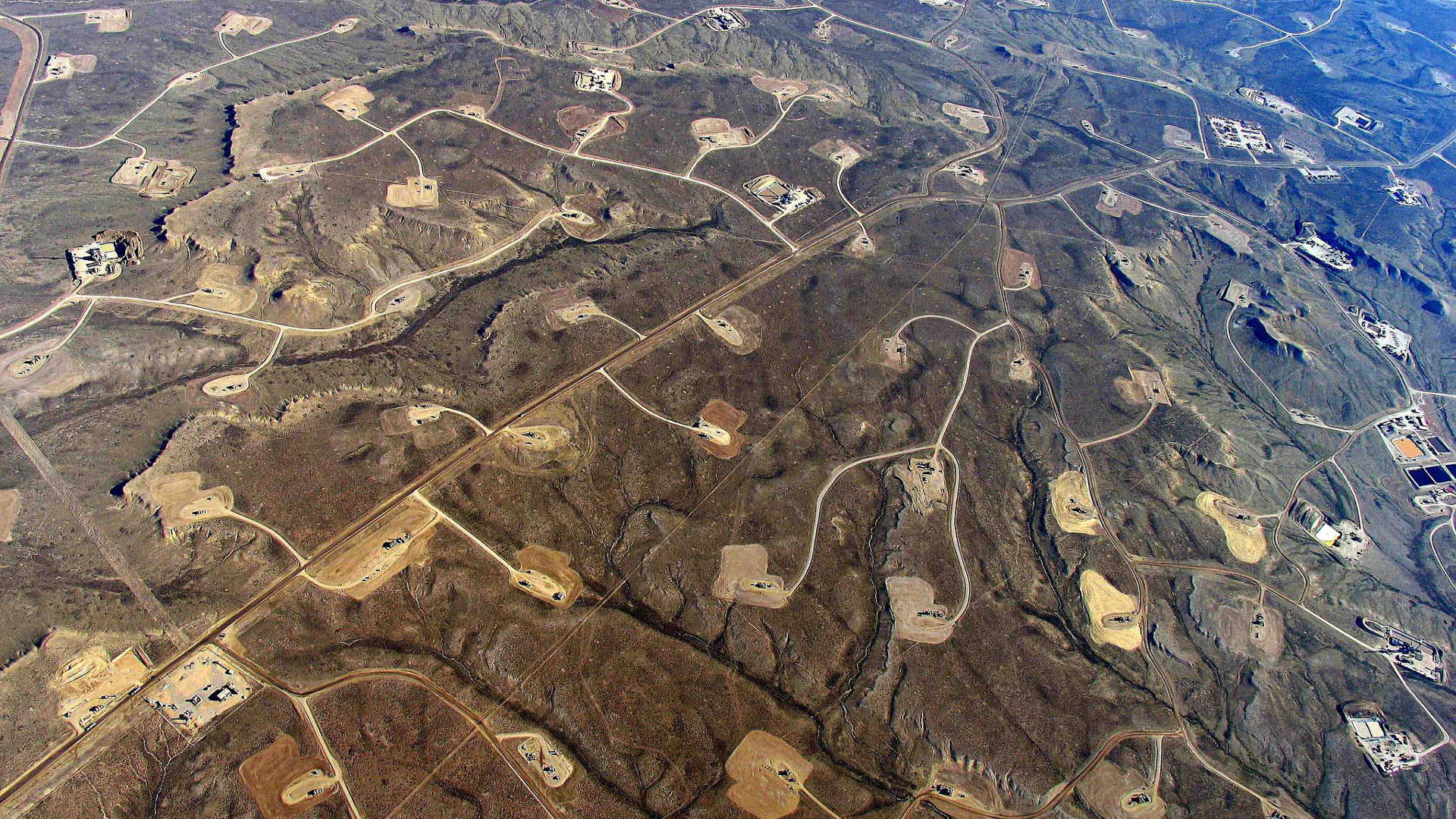
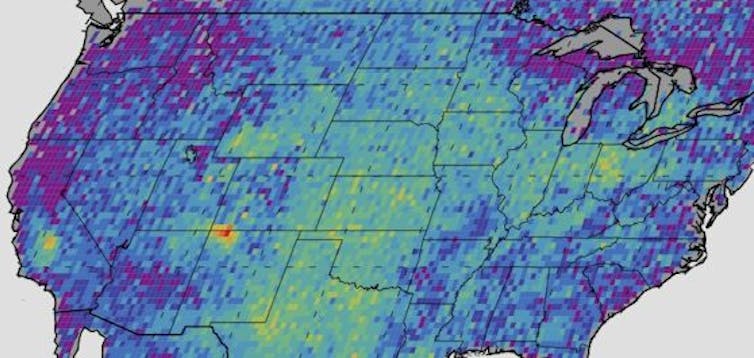

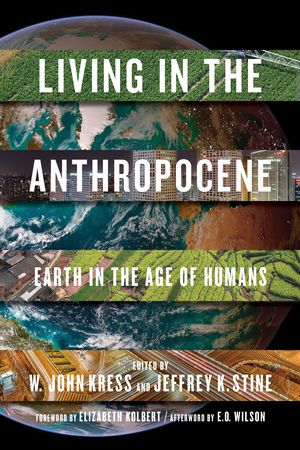 The “Anthropocene,” an era defined by lasting human impacts on the natural world, is a controversial epoch-labeling term still awaiting final approval by the International Union of Geologic Sciences. But reading the new book
The “Anthropocene,” an era defined by lasting human impacts on the natural world, is a controversial epoch-labeling term still awaiting final approval by the International Union of Geologic Sciences. But reading the new book